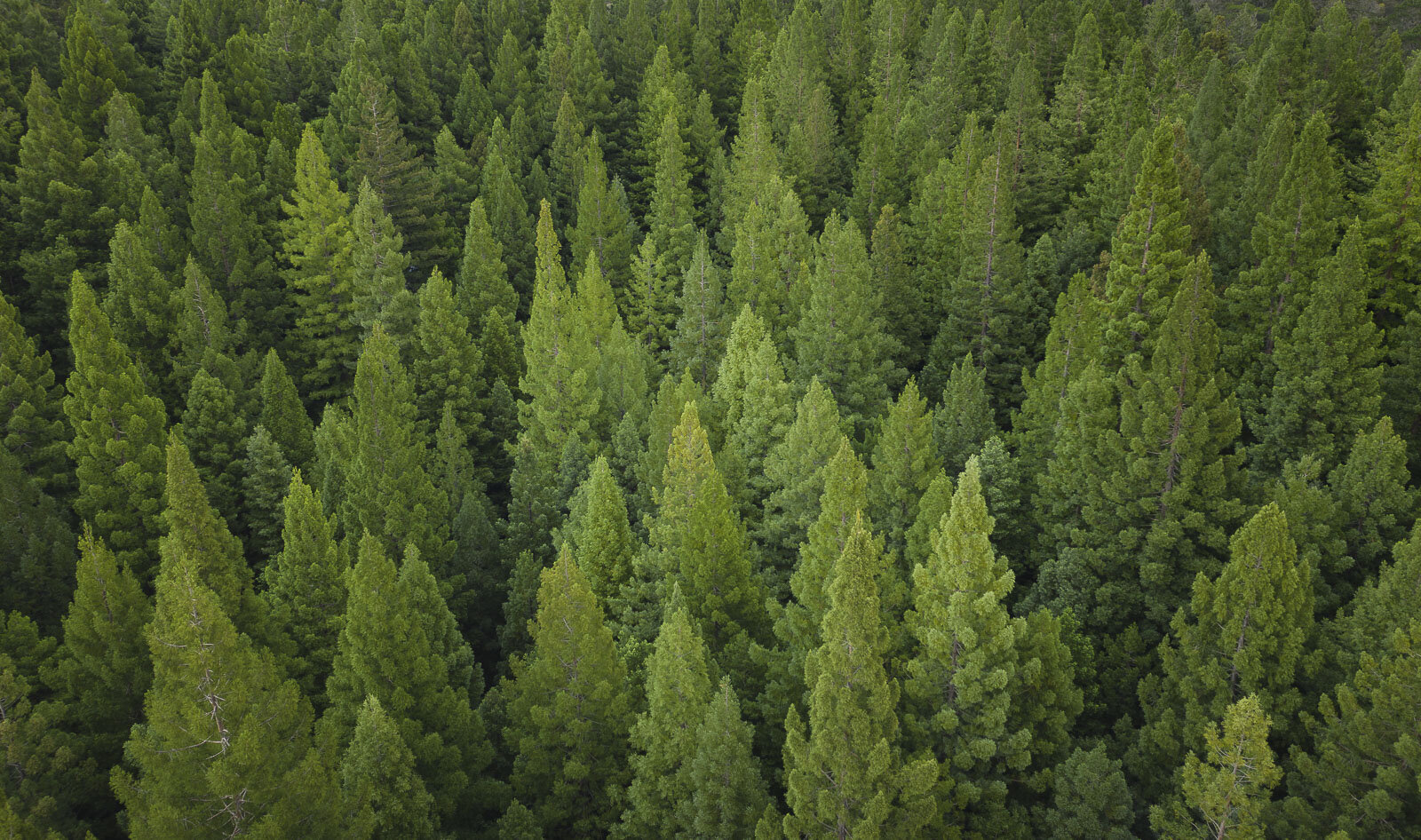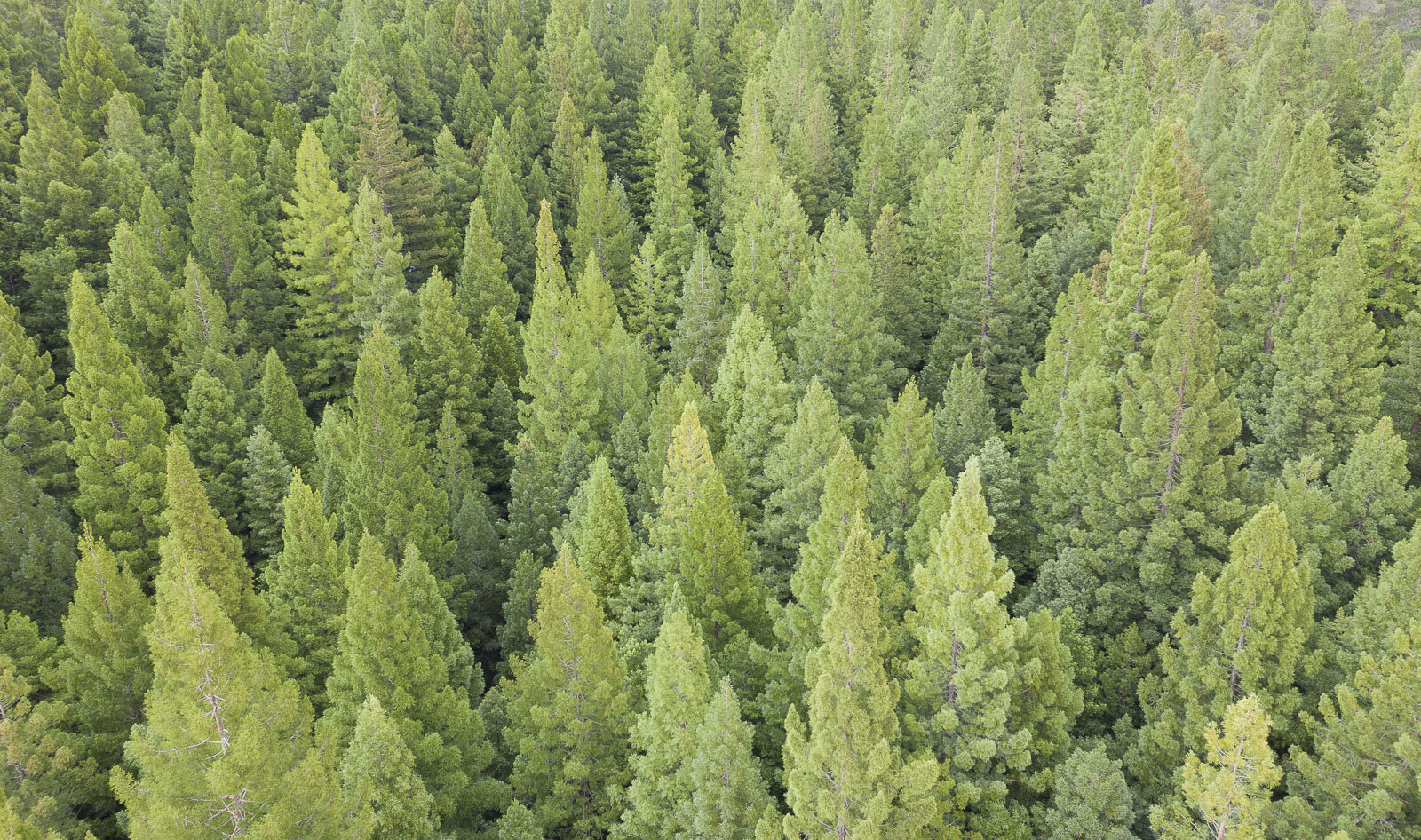Landscape Photography Tips
Want to enhance the viewing experience of your landscape photos? This tutorial explores colour theory, colour harmonies, and shares a number of tips and techniques to refine your images in post-processing.
The effect has become a cliche of bad landscape photography—gone the way of intense saturation or unnatural HDR. Yet used in moderation, locally, and with consideration, it can further enhance the viewing experience.
Is there any location more iconically Australian than the Outback? And is there any location in the Outback more iconic than Uluru?
Drones open up a whole new dimension for landscape photographers. If the best camera is the one you have on you. Why not bring two along to your next landscape shoot?
I recently ventured out the Redwood Forest of East Warburton to photograph the grand tree grove from above with my Mavic Pro 2 drone. This tutorial explores how I edited the image in Adobe Lightroom.
A telephoto lens presents not just a challenge, but an opportunity for capturing landscapes. They enable us to view and compose scenes from an entirely new frame of mind.
When we approach our time in the field with a richer appreciation for the subtle, ever-changing interplay between light and landscape, we foster greater opportunities for creative expression.
After exploring Horse Head Rock on NSW's Sapphire Coast, my father and I returned to Kiama's Cathedral Rocks—an old favourite seascape location of ours. Scoping out the rocks and lighting in the evening, we were determined to visit again at sunrise on the higher tide.
While wide-angle lenses may be the staple of any landscape photographer’s kit, a telephoto lens present not just a challenge, but an opportunity too.
Free Lightroom
Tutorials
Aerial Forest Editing
Tutorial


Seascape Editing
Tutorial












Colour Theory—understood, appreciated and applied—can take a strongly composed landscape image and elevate it to a lasting work of art. This guide shows you how to put the theory into practice.